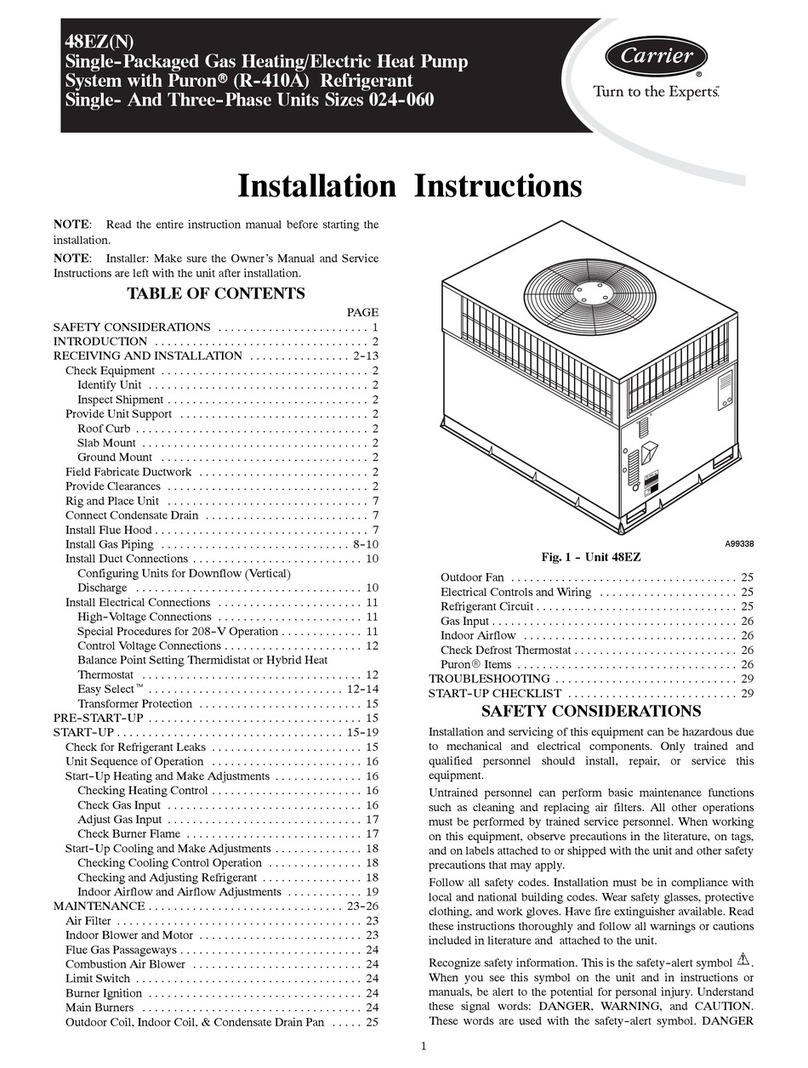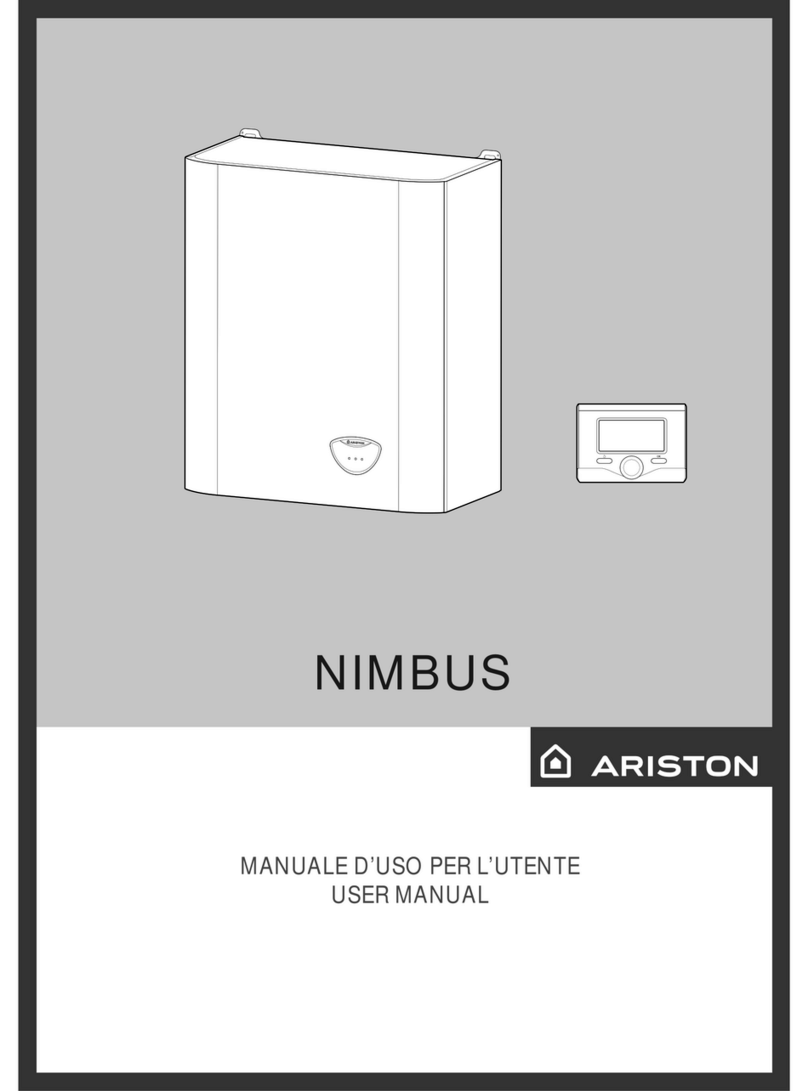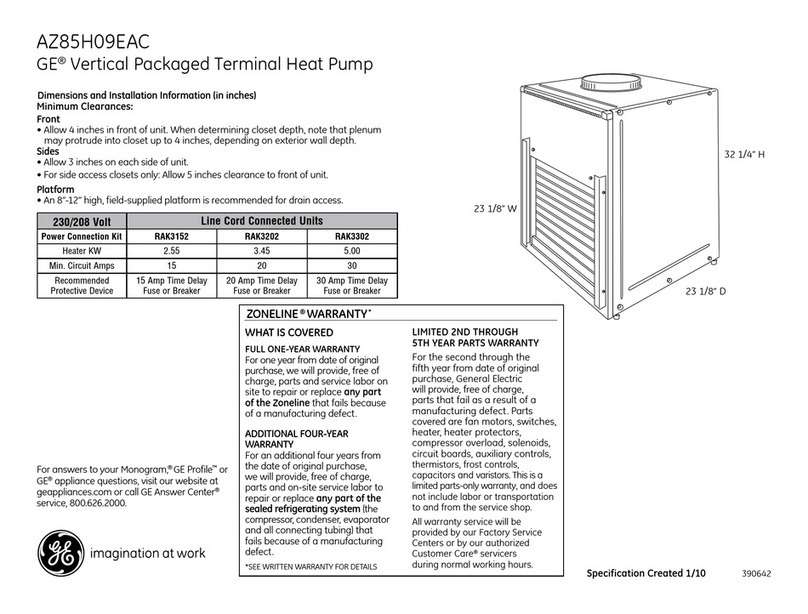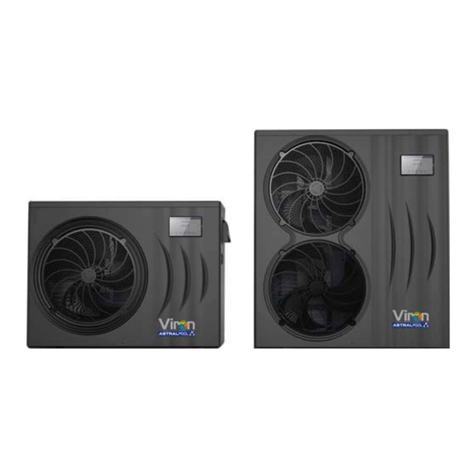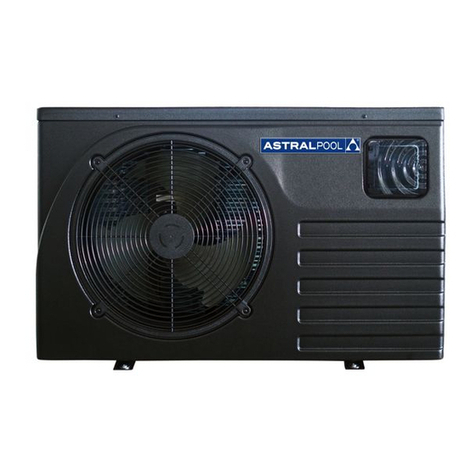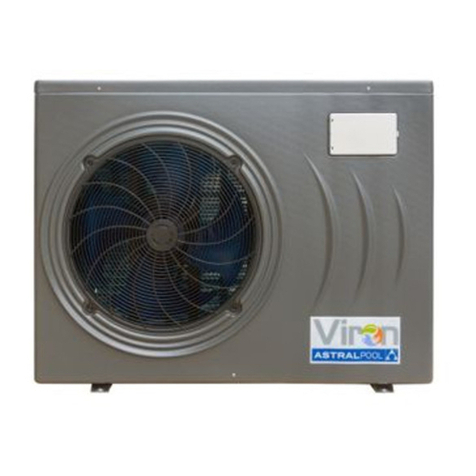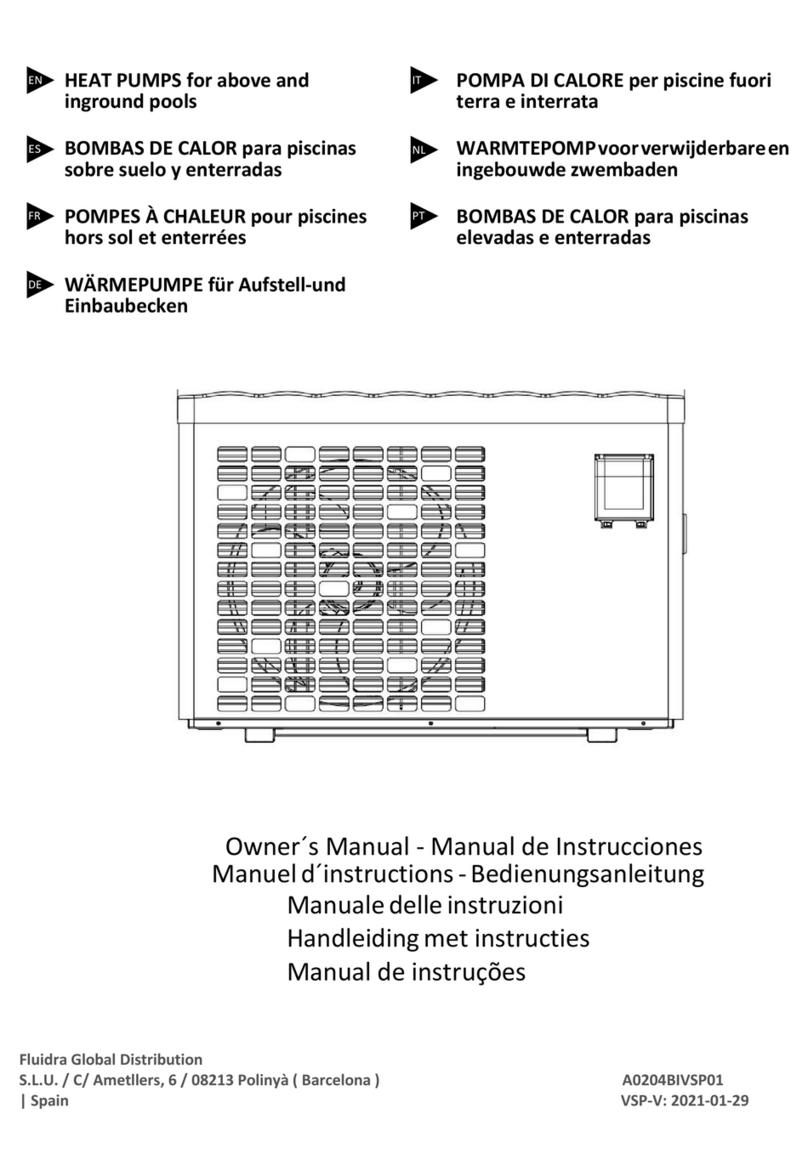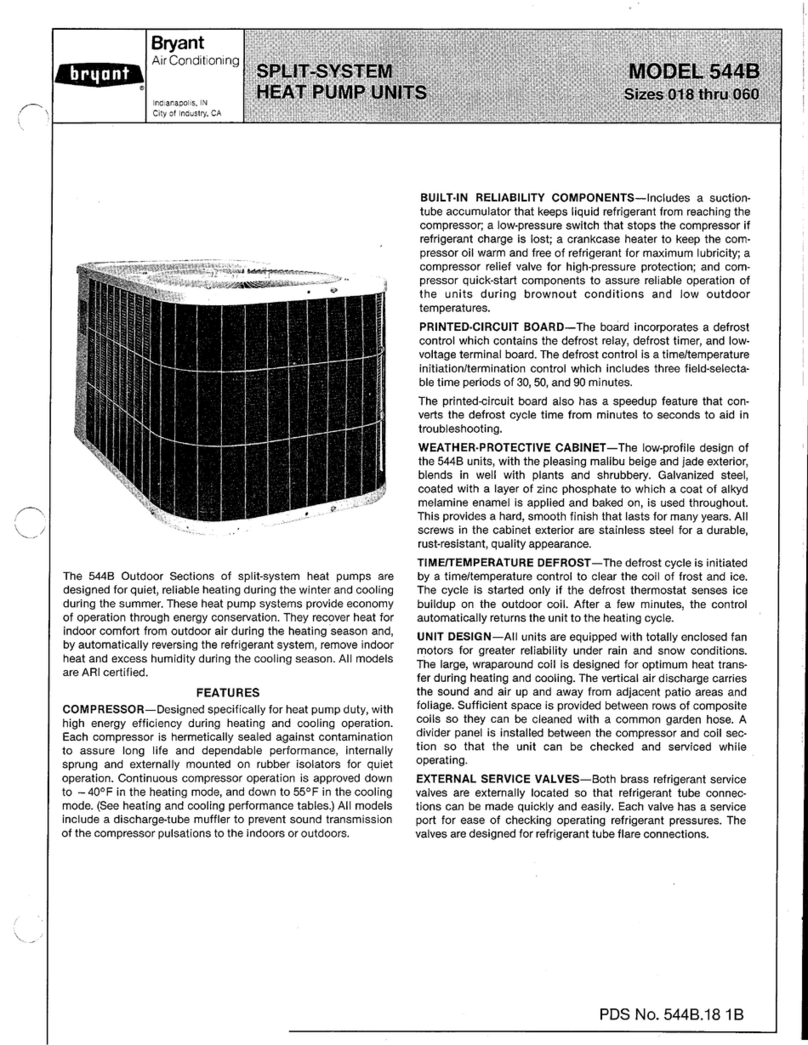
-the capacitors are discharged: this must be carried out safely to prevent all risks of ignition;
-no electric component or live wiring is exposed while charging, overhauling or draining the system;
-the system must be grounded at all times.
Repair of insulated components
When repairing insulated components, all power sources must be disconnected from the equipment on which
the work is being carried out before removing the insulating cover, etc. If the equipment must be powered
during maintenance work, a leak detector must continuously monitor for leaks at the most critical point in
order to report any potentially hazardous situation.
Particular attention must be paid to the following points to ensure that, when performing work on the electric
components, the housing is not altered to the point of affecting the protection rating. This includes damaged
wires, an excessive number of connections, terminals that do not comply with the original specifications,
damaged seals, incorrect installation of the cable glands, etc.
Make sure that the appliance is properly fixed.
Make sure that the seals or insulating materials are not deteriorated to the point that they no longer prevent a
flammable atmosphere from penetrating the circuit. Spare parts must be compliant with the manufacturer’s
specifications.
Repair of intrinsically safe components
Do not apply any permanent electric capacitance or induction charge to the circuit without checking that it
does not exceed the allowed voltage and intensity for the equipment being used.
Typically safe components are the only types on which work can be carried out in the presence of a flammable
atmosphere when live. The test appliance must fall under a suitable classification.
Only replace components with parts specified by the manufacturer. Other parts could cause the refrigerant to
leak and ignite in the atmosphere.
Wiring
Check that the wiring shows no signs of wear, corrosion, excessive pressure, vibration, cutting edges or any
other detrimental environmental effect. The check must also take into account the effects of ageing or
continuous vibrations caused by sources such as compressors or fans.
Detection of flammable refrigerant
Under no circumstances must potential ignition sources be used to search for or detect refrigerant leaks. A
halide torch (or any other detector using a naked flame) must not be used.
The following leak detection methods are considered to be acceptable for all cooling systems.
Electronic leak detectors can be used to detect refrigerant leaks; however, in the case of flammable refrigerants,
the sensitivity level may not be suitable or recalibration may be necessary. (The detection equipment must be
calibrated in an area devoid of refrigerant). Check that the detector is not a potential ignition source and is
appropriate for the refrigerant used. The leak detection equipment must be adjusted to a percentage of the
refrigerant's LFL and must be calibrated according to the refrigerant used. The appropriate gas percentage (25%
at most) must be confirmed.
Leak detection fluids are also suited for use with most refrigerants, however the use of detergents containing
chlorine must be avoided since it could react with the refrigerant and cause corrosion to the copper piping.
If a leak is suspected, all naked flames must be removed/extinguished.
If a refrigerant leak is detected and requires soldering, the entire quantity of refrigerant must be removed from
the system or isolated (by way of shut-off valves) in part of the system located away from the leak.
Removal and discharge
When accessing the cooling circuit to carry out repairs, or for any other reason, conventional procedures must
be employed. However, for flammable refrigerants, the recommendations must be complied with in order to
take account of the product's flammability. The following procedure must be followed:







